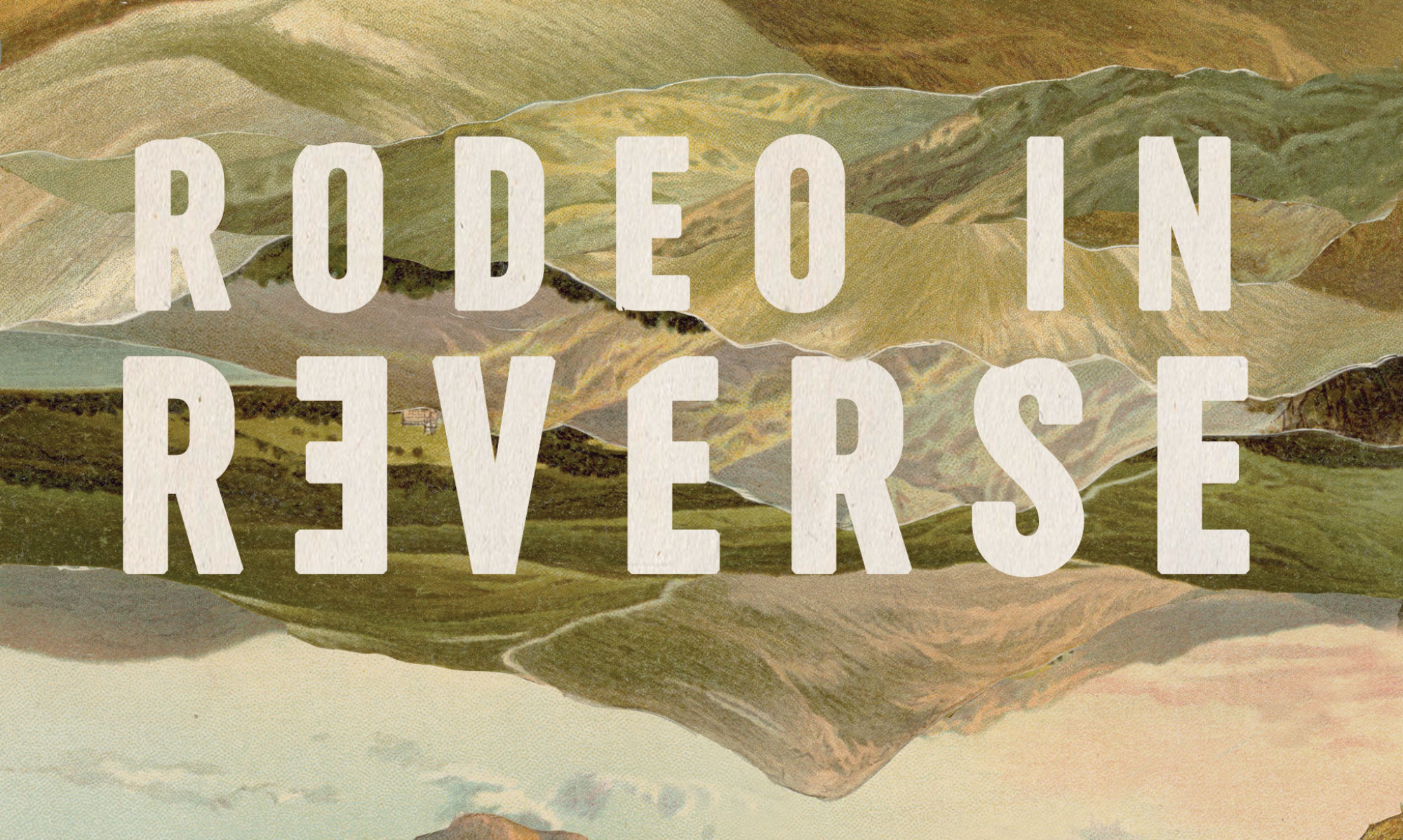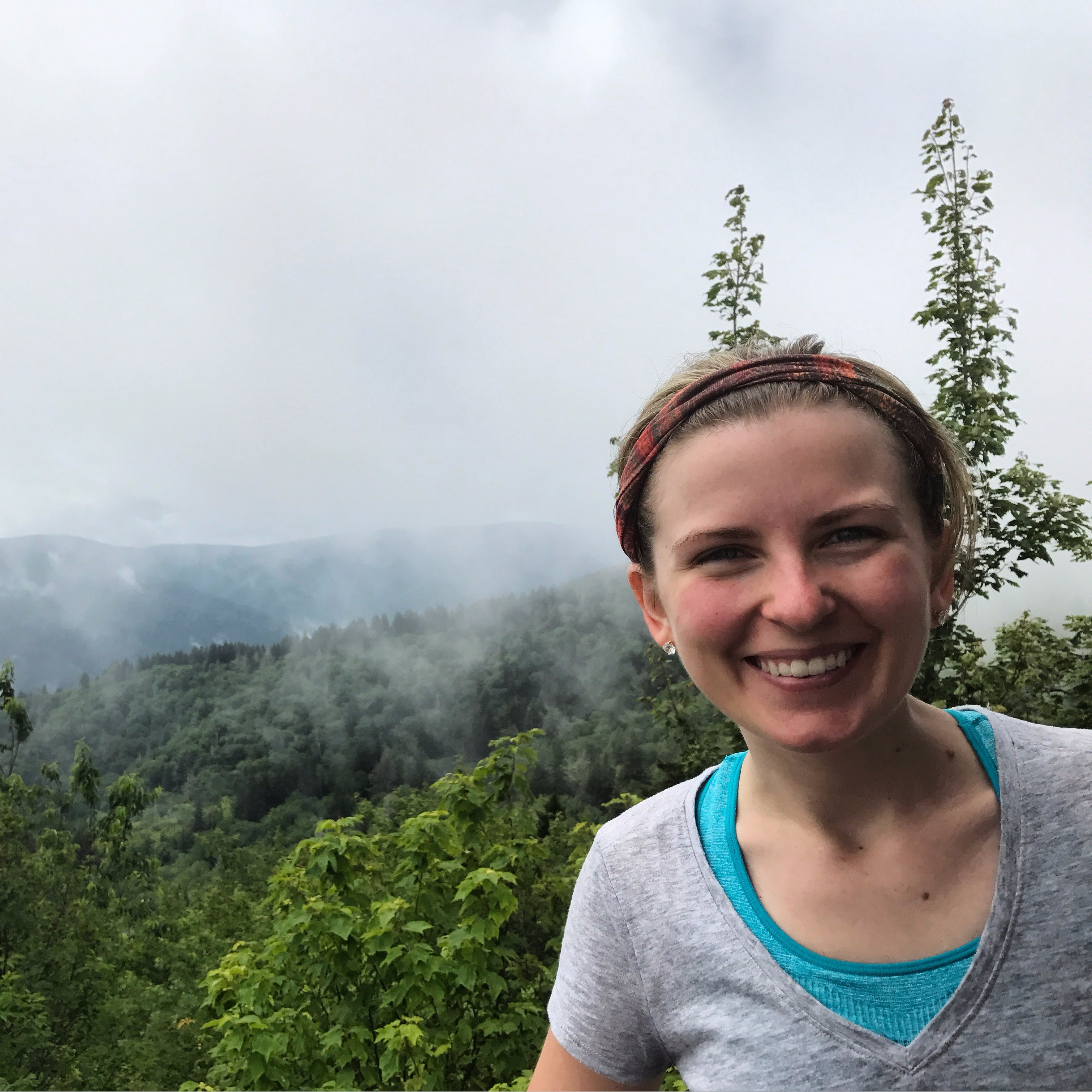*This is a slightly revised version of a speech I gave on April 4, 2019 as part of National Library Week celebrations at Oak Ridge Public Library.*

Thank you to the Oak Ridge Public Library for having me and for having been such a special place to me the past four years.
I was asked to speak about how libraries nurture creativity. I can’t speak for everyone, so I thought I’d talk about how this library, ORPL, has kept me going, what this library means to me, and a few of the lessons it’s taught me about how to be creative.
First, I must confess I’m predisposed to a love of libraries. You’ve been warned.
I first moved to Oak Ridge four years ago, and I awaited my mail eagerly. Did I have a love of junk mail from local churches and car lots? No. I needed something with my name on it with my new address that I could present to get my library card. I’ve never felt home without one. That January, I got my no-nonsense yellow library card from this branch; I’ve been around, and usually they’re covered in some sort of clip art, an outdated logo or something meant to look punchy. Those aren’t for me. I loved that this stood out in the bottom of my purse, that it had no pretense. I checked out Alice Munro and The Girls of the Atomic City, returned to the short-term lease my husband and I had at the time, and began to make my home here.
Oak Ridge is a beautiful town, but not one that’s easy to break into as a 26-year-old. That first winter I drove around to estate sales and new-to-me museums. I parked and stared at Melton Lake. I hiked and was grateful to live near mountains. After four years in northern Indiana, the winter here felt not too like winter at all, and I liked that. Yet, I did most of these things alone. As you might imagine, writing is mainly a solitary pursuit, and so there weren’t other people to meet on the job. My husband and I bought a house, our first, and I loved it, but also didn’t know where to begin. That season was beautiful and difficult and lonely. There were times I regretted our decision to move here, away from everyone we knew, times I worried I was incapable of making new friends. It took a toll on my marriage, my self-confidence, my business. But not on my writing.
Many readers will tell you you’re never alone with a good book. Maybe it’s because I’m a poet, I’m not sure I feel the same way. But I do know I’ve never felt alone at a library.
True, it’s a public space; there are always at least a few other people here. But it’s not that, is it? It’s the feeling that here, anything is accessible, there’s help available, there’s humor and sorrow, and old and new, tattered and pristine; there’s discovery—always discovery—and surprise. Libraries, maybe even more than nature because of my proclivities, remind me how much surprise is in the world. I come in to check out a gardening book and leave with a book about gardening and another about wolves and another about Van Gogh’s letters to his brother, Theo.
Or, after a volunteer shift in spring 2016 where I had been wondering what it meant to have on the returns cart Maya Angelou and Mein Kampf side by side, what kind of world I lived in, to walk outside and see the daffodils’ bright yellow against the concrete exterior of the building, a blue sky, up before any other bud or testimony to spring. Surprise.
At its best, art works this way, too. Art surprises. One of my favorite living poets, Mary Szybist, says it’s important not to be too “willful” in a poem. By this, I think she means not to know at the beginning where you’ll end up, to let the process of writing take you for a ride, rather than steering.
Similarly, this library specifically taught me an important lesson that I found on its shelves but not in a book. The year I volunteered, I came in to help tidy shelves after the presidential election, which was a travesty. I felt bereft, listless. I couldn’t unglue myself from the news but also couldn’t summon the creativity or strength to do anything about it. It’s one of the few extended periods in my life where I couldn’t sit down and concentrate well enough to read—and therefore, I wasn’t writing well either. I came here. For my shift, I took an aisle in the reference section. A typical shift involved straightening the shelves, putting away some books, making sure everything was in the order it should be in. Reference seemed like it would be easier—1) because I doubted it got as much action as the new fiction section and 2) because the books had an inherent order—by year, for instance.
As it so happens very rarely in this life, I was wrong. I reached Butler’s Lives of the Saints, a series organized by month. Me? I’m inclined to say January, February, March, and so on. But Dewey Decimal had other plans—leave it to the saints: alphabetically by title. This meant shelving the books April, August, December, February. My lesson was one I suspect I’ll be learning a long time: Things may appear out of sorts when they’re in order; they may appear in order when they’re out of sorts. It was exactly the lesson I needed from the library that day, given on the spines of books by saints, no less.
To me, the creative process is similar; good artists know this—a thing may appear not to come together at all until suddenly, after much work, an inner logic is on display, gleaming, like the innards of a clock. Sometimes what a writer may be working toward may look like a total disaster mid-way through. A painter staring at a streak on a canvas for weeks. Julia Child, in middle-age and years into a bad 800-page draft of what would become Mastering the Art of French Cooking, rejected by a publisher, feeling like a failure.
Sometimes, April first, not January.
The library is a place of such generosity. Just think: in thousands upon thousands of communities across the whole country, tax payers who can’t agree on healthcare, welfare, security, sidewalks, zoning, or stoplight placement put aside their differences to say there should be one building full of knowledge where all the knowledge is free. (If you’re me, it’s never quite free because there’s always a late fee, but that’s another story.) Everything in this building anyone who lives nearby can have. During the day, anyone can come here and find respite—from the cold or the hot, from home or from work or from the street, from parenting or parents, from noise. We can come use the computers, the public meeting space, listen to a CD, stream a movie, get a redwagonful of books. We can play chess or ask bizarre questions. We can meander. Librarians are so generous they not only have dedicated their lives to helping us answer questions—from how to check our email to where the bathrooms are to when is it exactly a new title will be on the shelves; they also do the unglamorous work of discretely cleaning up a chair after someone’s had an accident, and yes, of making small talk with lonely people like myself. It may be one of the few places we’re truly safe and truly daring at the same time. No telling where our minds will go, and, as Eudora Welty said, “All serious daring starts from within.”
The best artists are generous, too. Probably not as good as libraries, but if I could aspire to be anything, it would be to be like a library and the people who inhabit it. Artists who are great aren’t even necessarily the artists who anyone will ever know—even in ORPL, a relatively small library, we’d be hard-pressed to make it through every book on the shelves. But to me, great artists are those that give generously and humbly, like a library and its people. They keep their doors open and let information and ideas flow freely; they share seeds. At any moment, a book or fact or image could be found by just the person who needed it.
This bureaucratic-looking building, lit in fluorescents, seems an unlikely place to host such a miracle. But the library, as an experiment, must be one of our most noble human endeavors, one each one of us takes part in any time we drop by ORPL.
This leads me to my last but maybe most important way the library has been such a good place for me to think about creativity. It provides a kind of sustenance, renewal—if you’ll pardon my pun. In each of my stories here, the library has offered me a place to go to feel refreshed, revived, capable, curious. When we approach art, as creators or as audience members, we seek these same things. Or at least I do. If we keep ourselves open to its lessons, if we aren’t too willful, are willing to be surprised, and are generous, I have no doubt that art, and the libraries that hold it, will give and give. The perfect imperfect (which is to say, human) system.
Leave a comment below naming a favorite library (or memory from a library) and why its earned that position.



